An ode to the Oak Street Library and the professor who mentored him there, by Joshua Finnell, head of research and instruction at Colgate University’s Case Library and Geyer Center for Information Technology (MLS ’07, library and information science):
“Before we begin, it’s important that you understand the concept of reversible stabilization. Any treatment you perform on a book should be reversible with no harm done to the artifact.”
“A 1968 copy of the ‘History of India’ by V.N. Hari Rao lays flat on a green cutting mat in front of me. Page 10 pokes out of the top of the text block, unattached to the spine. Lined up at the top of the cutting mat, in a meticulous row, are a scalpel, PH neutral polyvinyl acetate glue, a ruler, Filmoplast P repair tape, and a series of small brushes.
“It’s August 2006, and I’m sitting at a desk on the second floor of the Oak Street Library facility in the newly opened John ‘Bud’ Velde Library Conservation Laboratory. It’s my first day as a graduate assistant and Jennifer Hain Teper is providing an introduction to simple book repair techniques. From the very first day, I’m hooked.
“From 2006-07, the Oak Street Library facility became my second home. After class, I would hop on my bike and peddle as fast as I could down to 809 South Oak Street where my cognitive focus shifted from book as information to book as object. I tightened book hinges with knitting needles, ‘tipped-in’ loosed pages, reattached book spines, made wheat paste, constructed book enclosures, and learned the varying thickness and colors of Japanese tissue.
“Under Jennifer’s tutelage, I even began to identify by scent the various organic compounds released when cellulose and lignin in paper begins to break down. Is that a hint of almond? It must be Furfural.
“Jennifer’s passion for conservation and preservation was and is infectious. It was pure joy to spend 15 hours a week scraping down spines, triaging incoming books for repair, and contributing to the preservation and conservation of intellectual history. My time at the conservation lab was invaluable.
“Though my career has evolved to the management and preservation of data, a permutation of cascading 1s and 0s, I’ve always carried with me a lasting concern for the materiality of information and the importance of knowledge as both an intellectual expression and artifact.”
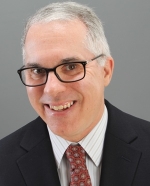



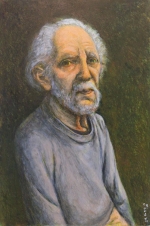
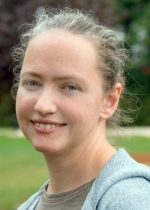

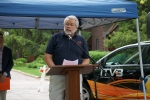
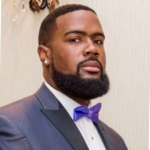
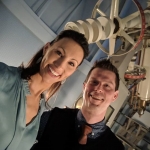
© 2026 The News-Gazette, All Rights Reserved | 201 Devonshire, Champaign, IL | 217-351-5252 | www.news-gazette.com
